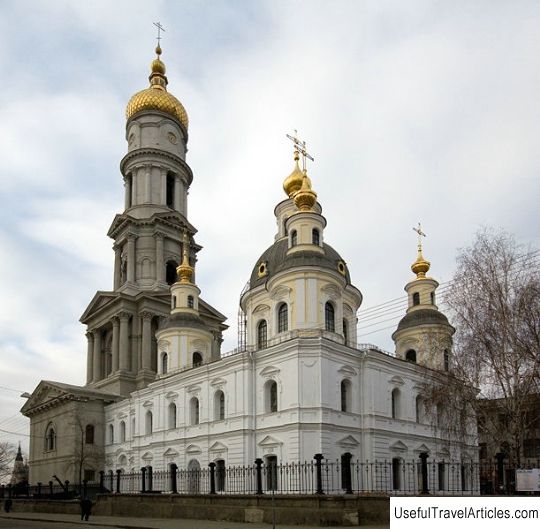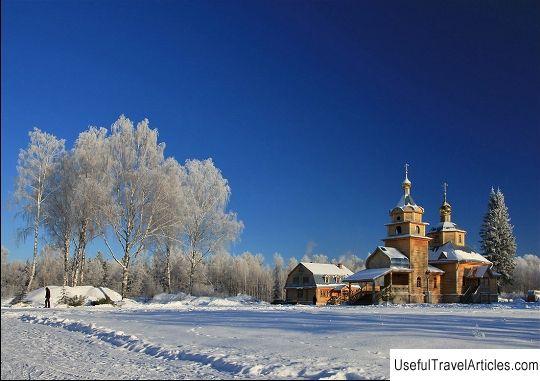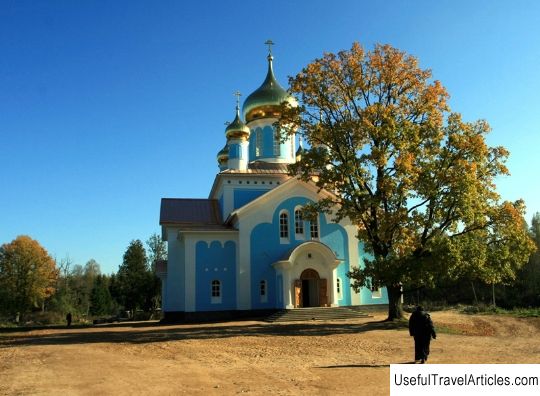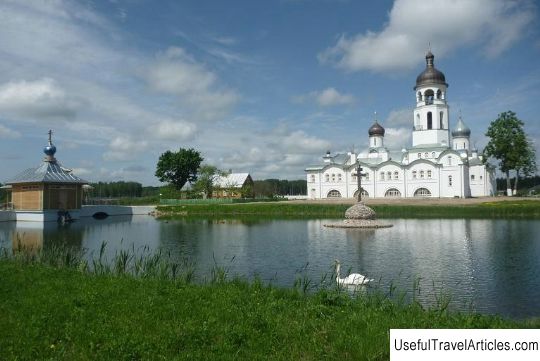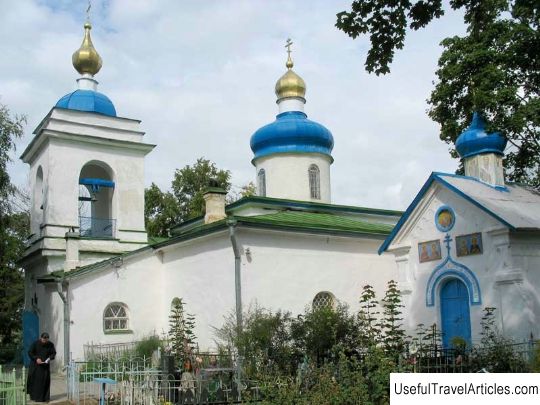Feofilova Pustyn description and photo - Russia - North-West: Pskov region
Rating: 8,0/10 (2124 votes) 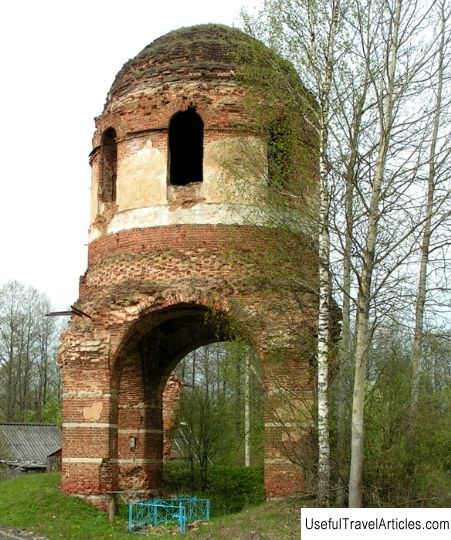
Feofilova Pustyn description and photos - Russia - North-West: Pskov region. Detailed information about the attraction. Description, photos and a map showing the nearest significant objects. Photo and descriptionFeofilova Pustyn is a small village located in the north-eastern region of the Strugokrasnensky district of the Pskov region; it is one of the holy places of the entire Pskov land. The founding date of Saint Theophilus Hermitage dates back to 1396 - it was at this time on the banks of the swampy river Omuga that the Monk Theophilus, as well as his companion Jacob, laid the foundation for the future small Dormition Hermitage. The very first printed document mentioning this event occurs in the book "History of the Russian Hierarchy", in which it is noted that the Uspenskaya Theophilov Hermitage was exclusively male; in 1764 it was abolished and was located at the Novgorod diocese in the Shelonskaya pyatina at the Porkhovsky district of the Demyanovsky churchyard on the banks of the Omuga. At that time, the church had a very strong spiritual influence, while performing administrative functions. Bargaining was held along the perimeter of the entire church, and measures of weight and length were kept at the temple itself. The church rector confirmed the property status of church parishioners when taxed. The peasants living on this land were obliged to give a third of their harvest to the Metropolitan or Vladyka of Novgorod and maintain it during his stay in the area of the churchyard. But all the peasants did not belong to either monasteries or bishops, but were tenants of their lands. Feofilova Pustyn existed for almost three and a half centuries. Initially it was assigned to Posolodinsky, and later to Rozvazhsky monasteries. During 1577-1589, it was called the Assumption and Epiphany Theophilus Hermitage. According to the records of the 1628 census, there was a church built of wood in Theophilov Hermitage without any sacred service - services were not held in this temple. There were six peasant souls who came from churchmen. At the beginning of the 18th century, the church was overtaken by a terrible fire, after which a new wooden church with the same name was erected on this very place. In 1824, in the parish of the former Theophilus Hermitage, a stone church was erected with three side-chapels and a bell tower. The main chapel was consecrated in honor of the Dormition of the Theotokos, the right chapel was consecrated in the name of the Monk Theophilos, and the left chapel was consecrated in honor of the blessed holy Prince Alexander Nevsky. The antimisses of the three side thrones were consecrated by Bishop Gregory Postnikov on November 22, 1823 and were signed by the St. Petersburg Metropolitan Seraphim Glagolevsky. 50 years later, the new antimis of the main throne was consecrated by Bishop Pallady of Ladoga. The wedding ceremony of the temple is made in the form of a drum, painted in sky-blue paint and decorated with gold stars. In the pre-revolutionary years, Theophilov Monastery became a zone of many charitable institutions, which housed the medical zemstvo, the rural community of sisters of mercy, a permanent place residence for orphans of the spiritual school in St. Petersburg. In 1923 the vacant lot was renamed into the village of Nikolaevo. The church was closed in 1931, and a club was opened in its place, although during the occupation services were resumed again. In 1944, the temple was badly damaged. After the Great Patriotic War, local villagers continued the work of destroying the temple - the bricks of the temple building were pulled apart to fulfill their needs.           We also recommend reading Basarbovo Monastery description and photos - Bulgaria: Ruse Topic: Feofilova Pustyn description and photo - Russia - North-West: Pskov region. |
